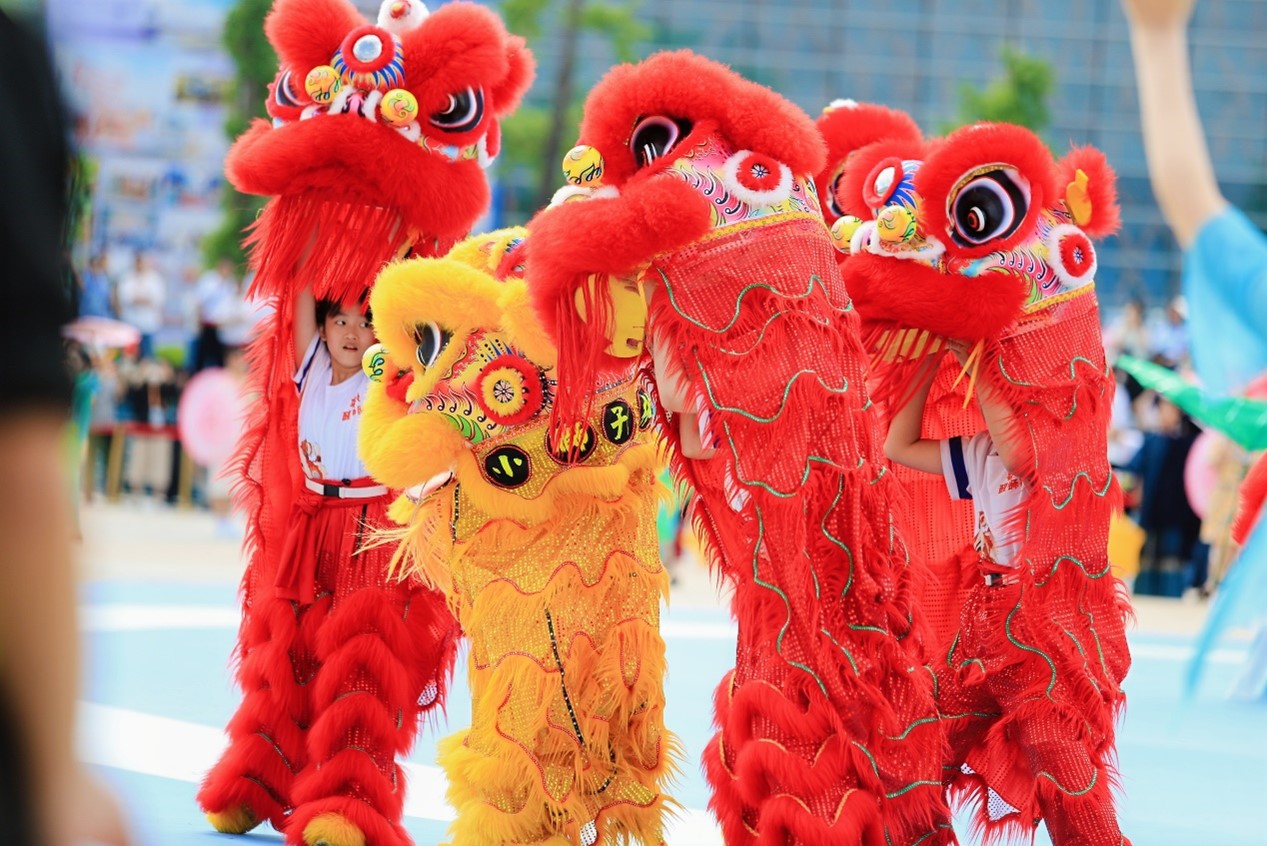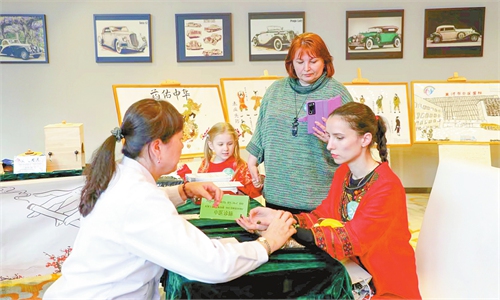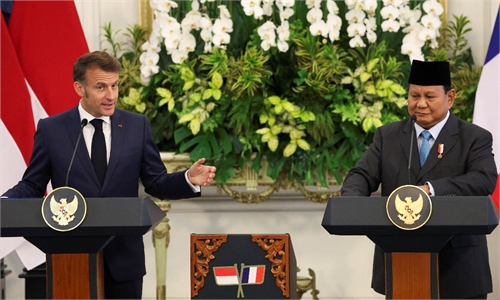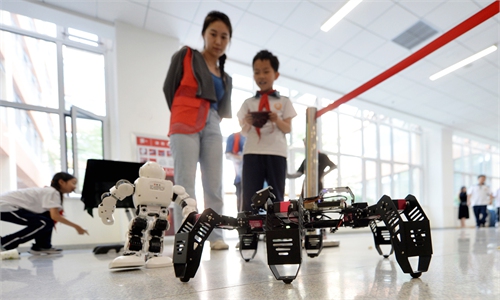9th International Festival of Intangible Cultural Heritage kicks off in Chengdu, drawing 400 practitioners from over 60 countries

Lin Xiyue (first from left) and her lion dance troupe performed at the opening ceremony parade of the 9th International Festival of the Intangible Cultural Heritage (ICH) on Wednesday in Chengdu, Southwest China’s Sichuan Province. Photo: Courtesy of committee of International Festival of ICH
The 9th International Festival of the Intangible Cultural Heritage (ICH) kicked off on Wednesday in Chengdu, Southwest China's Sichuan Province, bringing together 400 cultural practitioners and 600 ICH projects from more than 60 countries and regions.
First held in 2007, the biennial event has evolved into a key global platform for showcasing and exchanging ICH practices. This year's event, themed "Promoting Exchange and Mutual Appreciation, Spurring Vitality of Transmission, Sharing a Better Life," reflects a growing emphasis on international collaboration.
The opening ceremony and parade involved over 2,200 participants with nearly 1,000 performers, which included over 50 teams from 16 countries.
A 9-year-old girl Lin Xiyue, who performed the lion dance on the opening ceremony, told the Global Times that though she had attended many performances, this one felt different.
"I am very happy to be one of the few young performers on stage, and I'm also interested in watching the Yingge dance at the ceremony," Lin said.
Her mother also shared with the Global Times that there were foreign audiences coming to take photos with Lin as they were surprised by the art of lion dance performed by artists at such a young age.
Internet influencers including Li Ziqi and Pinnick Jake, an American who went viral on the internet because of his interest in China's Kung fu, also attended the opening ceremony.
From May 29 to June 1, two parades will be held daily along the eastern section of the ICH Avenue.
Different from previous editions, the festival this year designated a new mechanism featuring a Country of Honour and City of Honour for the first time. Malaysia was featured as the Country of Honour, with Penang presenting its kabaya dressmaking, breakfast culture, and the grand drum parade jointly submitted with Singapore to UNESCO's intangible heritage list. The inclusion marked a further step into two countries cultural diplomacy, building on a history of bilateral cooperation, including a joint UNESCO inscription in 2020.
At the heart of the international exhibitions was a striking international installation co-created by weavers from 11 countries across Asia, Africa, Oceania and Europe. Using natural materials such as rattan and willow, the collaborative work embodies both the tactile language of craft and the symbolic threads of intercultural dialogue. Among the contributors was Chengdu's Huaiyuan rattan weaving tradition, with national-level representative bearer Li Zhihui and her team demonstrating on site. Organizers described the installation as a metaphor for coexistence.
Domestically, the festival highlighted the depth and diversity of Chinese ICH with over 400 elements showcased. A major exhibition with the theme of "time" explored how traditional Chinese knowledge systems are embedded in seasonal rhythms. Designed as a walk through the year, the exhibit features everything from Chinese New Year paper-cuts and springtime kites to summer dragon boat traditions and autumn harvest practices.
In addition, a special section on technology-empowered ICH will showcase more than 30 interactive installations. Through games, VR exhibitions and short videos, the section explores new ways of presenting ICH and innovations in the field.
The festival will last until June 3.



